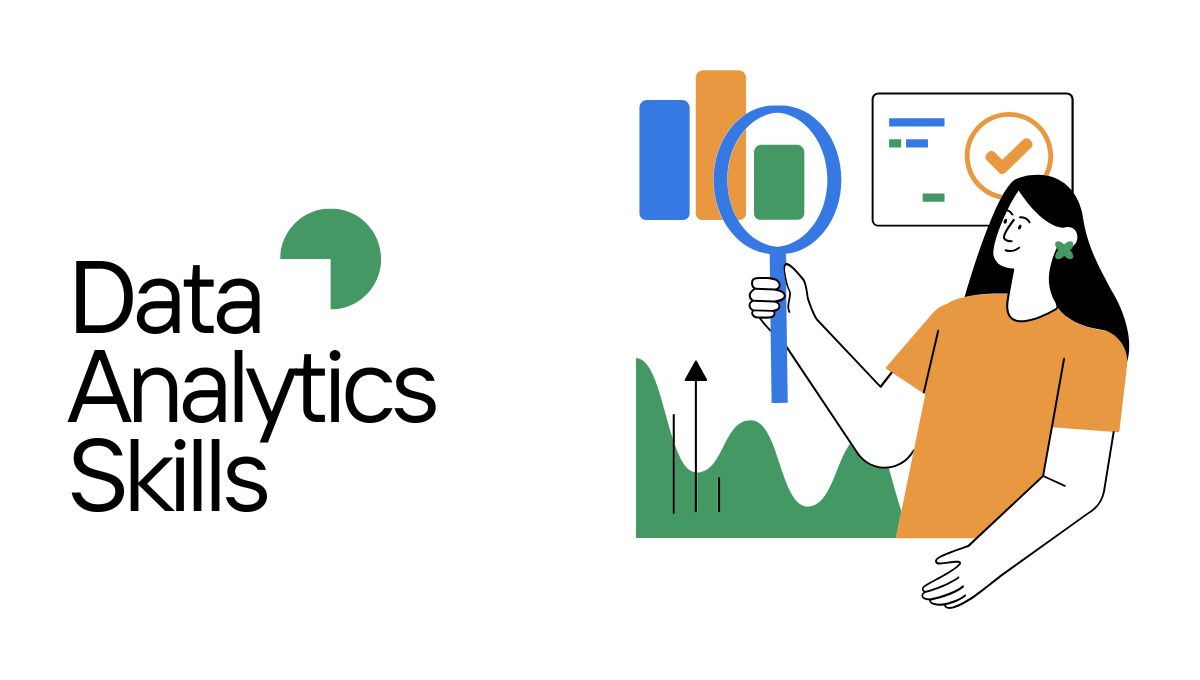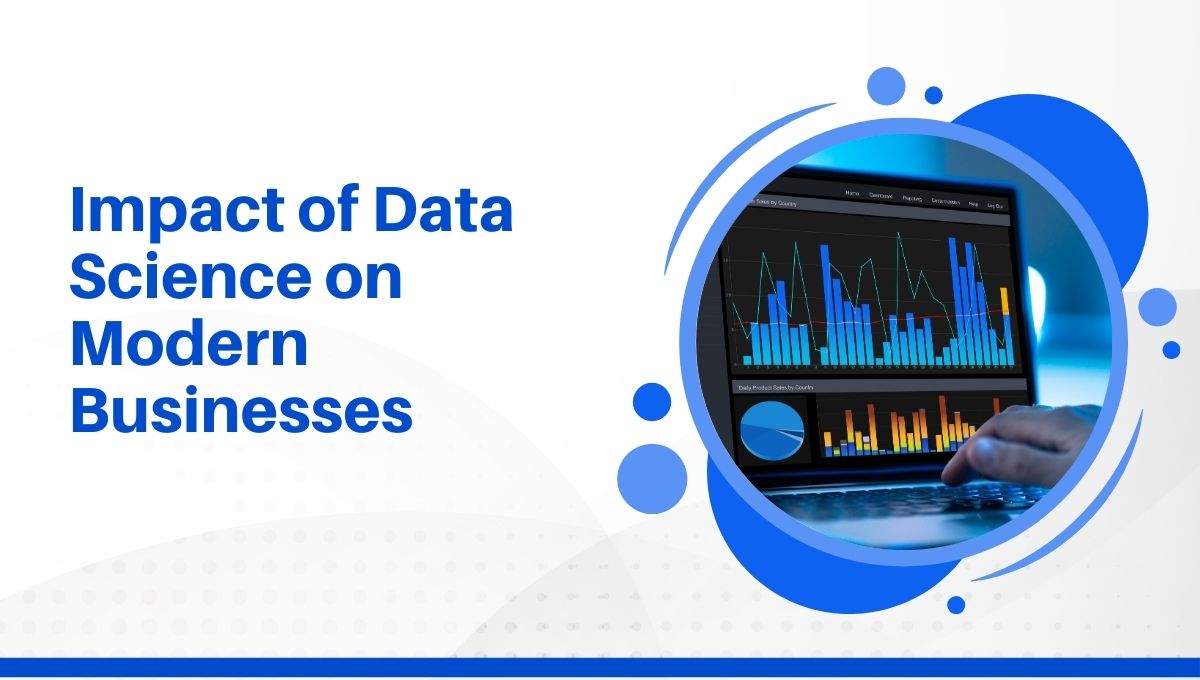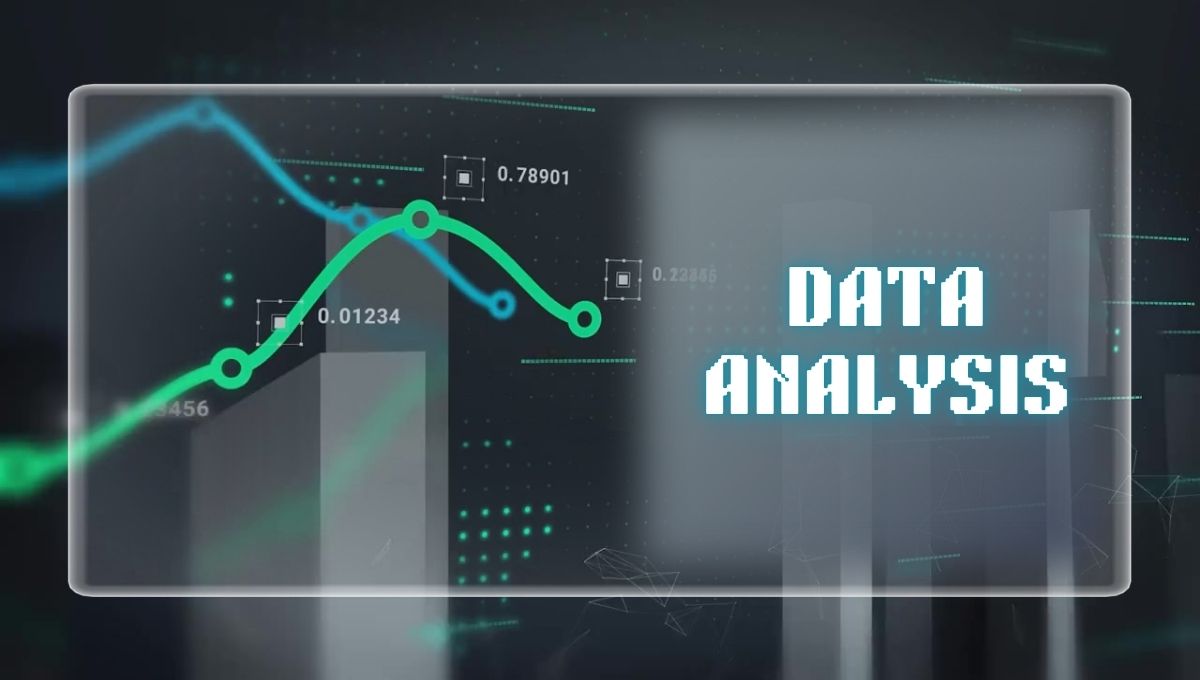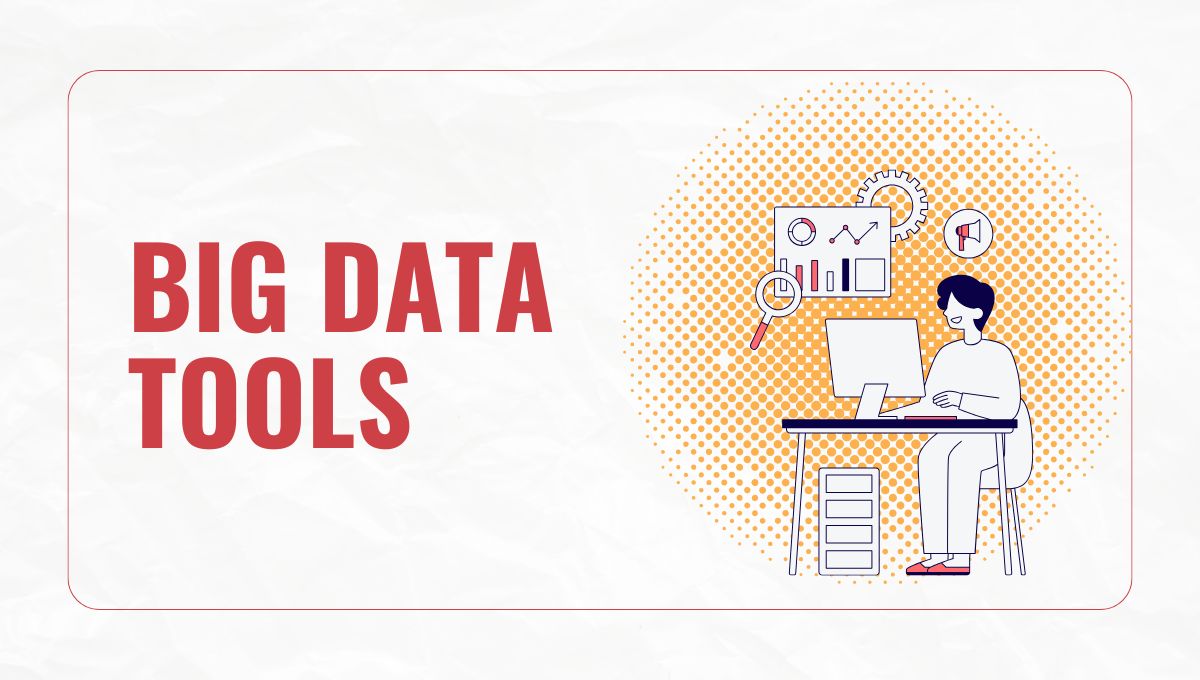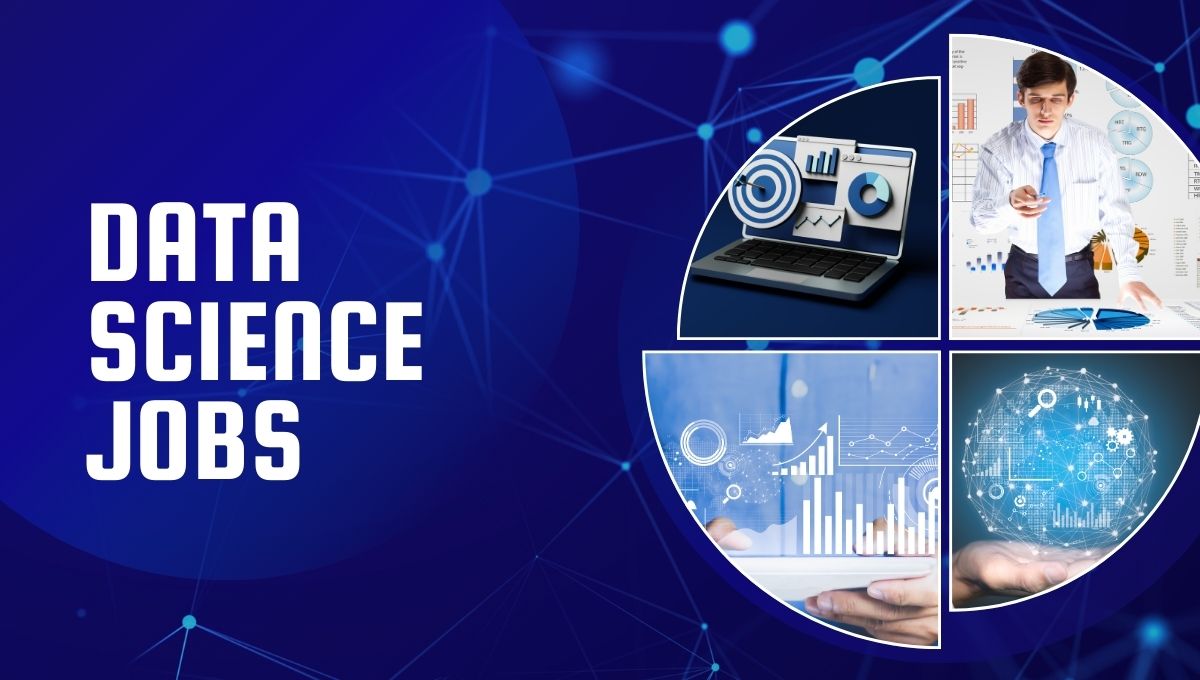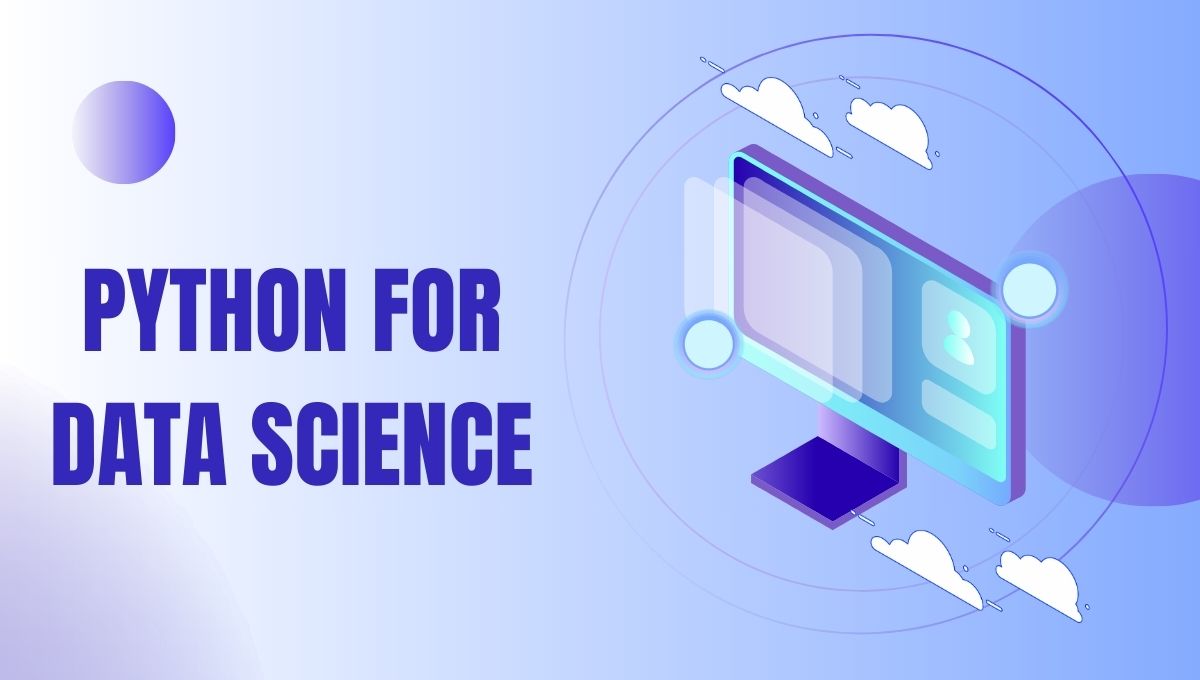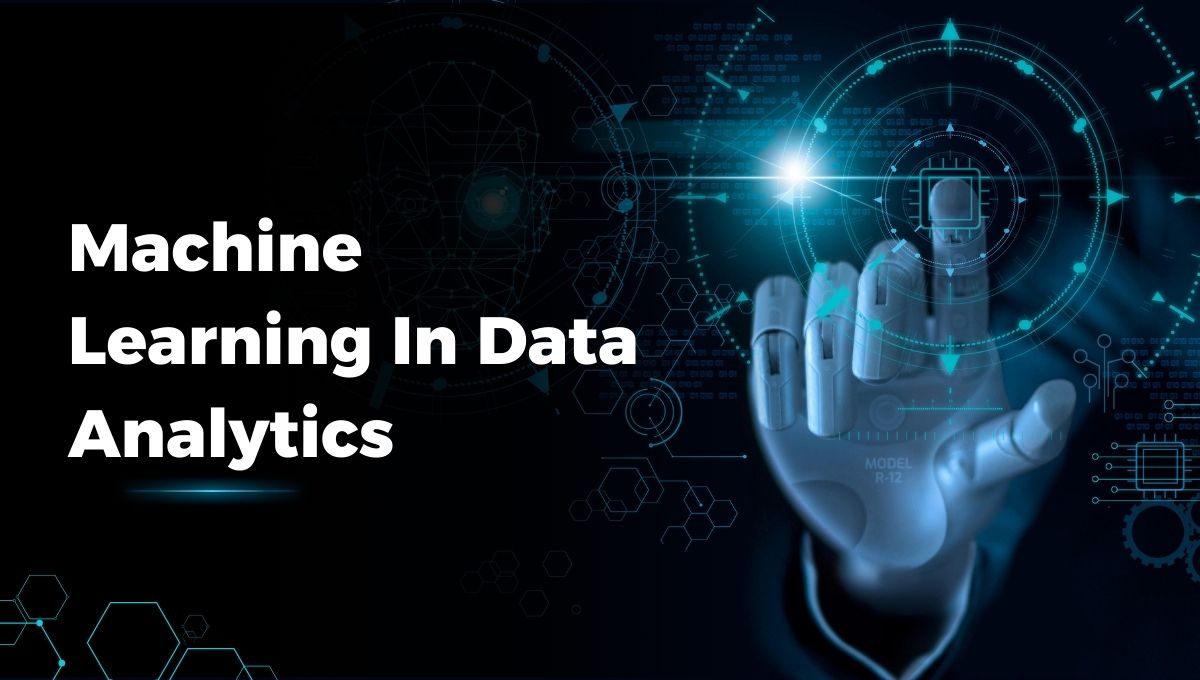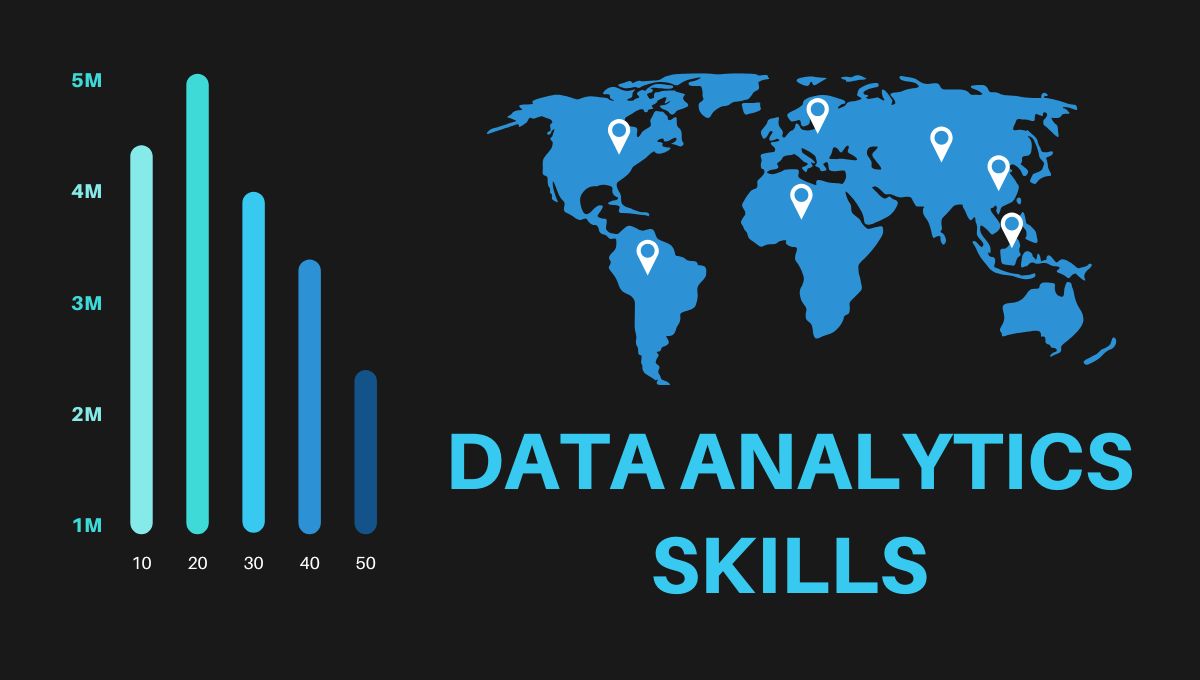If you have ever found yourself sinking in endless datasets, struggling with analysis bottlenecks, or just round-the-clock by the intricacy of data-driven decision-making, you are not alone. Data analytics is a vast field that requires precision, speed & efficiency. What if you could work smarter, not harder?..
So, here is a SMART technique, an established means of optimising work, improving productivity, and furnishing structure to data analysis tasks. Whether you are in a Data Analytics Course or a professional working in this field, these productivity hacks will lighten the work ahead of you, save you time, and even get you better results.
-
Why Productivity Matters in a Data Analytics Course
Productivity is not merely about working quicker- it’s about working more intelligently. As data gets more complex, analysts need to streamline their workflows to meet industry demands.
How Poor Productivity Impacts Data Analytics Work
| Challenge | Impact |
| Manual Data Entry | Wastes valuable time and increases errors |
| Lack of Structured Goals | Leads to inefficiencies and missed deadlines |
| Data Overload | Slows decision-making and increases burnout |
| Inefficient Workflows | Causes redundant tasks and bottlenecks |
Applying structured methods such as SMART goals and automation can enhance efficiency, lower stress, and boost accuracy in data-driven projects.
-
Learning the SMART Technique for Data Analysts
The SMART technique assists data professionals in establishing clear, actionable goals:
Specific: Define the exact outcome (e.g., “Optimize data reports by reducing processing time by 30%”).
- Measurable: Define key performance indicators (KPIs) for success.
- Achievable: Make the goal realistic with resources available.
- Relevant: Make the goal relevant to business goals and professional development.
- Time-bound: Establish deadlines for monitoring progress.
By applying SMART methods, analysts can plan their learning and work processes better.
-
Data Analytics Efficiency Techniques for Faster Results
In order to be more efficient, implement these established data analytics methods:
- Batch processing: Perform batch procedures rather than repetitious manual entries.
- Data visualization tools: Easily visualize insights utilizing Power BI, Tableau, or Excel.
- Data cleaning automation: Leverage Python or R scripts to purge duplicates and inconsistency.
-
SMART Goals for Data Professionals: How to Set & Achieve Them
Making your SMART goals may better enable your success in a Data Analytics Course:
| SMART Goal | Example |
| Specific | Improve SQL query efficiency by 40% |
| Measurable | Complete 3 case studies within 2 weeks |
| Achievable | Learn a new BI tool in 3 months |
| Relevant | Enhance reporting accuracy for decision-making |
| Time-bound | Reduce data processing time by 20% in 6 weeks |
-
Excel Hacks for Data Analysts to Save Time
Excel is a core tool for data analysts. Give these hacks a try to enhance efficiency:
- Use Pivot Tables: Rapidly summarize large datasets.
- Master Keyboard Shortcuts: Minimize time spent working with Excel.
- Apply Conditional Formatting: Emphasize key trends in information.
- Automate Reports with Macros: Minimize manual efforts in repetitive work.
-
Automation of Data Processes for Increased Productivity
- Automation saves time spent on repetitive work:
- Utilize Python scripts for automated data preprocessing.
- Utilize SQL stored procedures for reusable queries.
- Use APIs to retrieve real-time information.
- Establish Excel macros for regular calculations.
-
Maximizing the Data Analysis Process for Maximum Efficiency
To maximize data analysis, utilize these optimization techniques:
- Predefine queries to minimize execution time.
- Use cloud-based storage for seamless collaboration.
- Adopt machine learning models for predictive analysis.
-
Best Practices for Data Analytics Productivity
Follow these best practices to stay ahead in your Data Analytics Course:
- Break large projects into milestones for better tracking.
- Use version control tools (like Git) for dataset management.
- Limit multitasking to enhance focus and accuracy.
-
Task Management Strategies for Data Analysts
Successful task management eliminates data overload. Test these techniques:
- Kanban boards: Map workflows with Trello or Jira.
- Time-blocking: Schedule rigid time slots for analysis tasks.
- Priority-based work: Apply the Eisenhower Matrix to separate urgent vs. important work.
-
Key Takeaways
- The SMART technique assists in organizing learning and work objectives.
- Automation and time-saving Excel short cuts boost efficiency.
- Task management eliminates burnout and boosts productivity.
- Best practices such as batch processing and data visualization speed up workflows
FAQ’s
Q1. How are SMART goals applicable in a Data Analytics Course?
SMART goals track progress for students and workers; they allow you to set realistic learning goals, enhance productivity through structured objectives, etc.
Q2. Which automation tools are best suited for data analysts?
Commonly used for automating the so-called mundane tasks to accelerations in analyses: Python, stored procedures in SQL, R scripts, and Excel macros.
Q3. Some typical time-saving Excel tricks for data analysts?
Excel is an incredible tool for data analysts, yet handling huge datasets is a time-consuming activity. Some critical time-saving tricks are:
- Using Pivot Tables to analyze and summarize large datasets rapidly.
- Utilizing Excel shortcuts (such as Ctrl + Shift + L for filters) to enhance productivity.
- Utilizing Macros and VBA scripts to automate repeated activities.
Applying Conditional Formatting to highlight trends and anomalies in data without manual intervention.
Q4. In what way does automation contribute to productivity in data analytics?
Automation helps in ridding systematic, manual work processes for data analysts to spend time together for further data insight rather than for data preparation. Utilizing tools such as Python scripts, SQL stored procedures, and R automation, experts can:
- Minimize errors in data processing
- Save hours of manual effort
- Facilitate real-time data analysis and reporting
- Ensure consistency in workflows and reports
Q5. What are the optimal tools for streamlining data analysis processes?
The optimal tools for streamlining data analysis vary with the type of work. Some of the most commonly used tools are:
- Python & R for complex analytics and automation.
- Tableau & Power BI for interactive visualization.
- SQL for querying and managing structured databases.
- Excel for rapid calculations, pivot tables, and data structuring.
Q6. How can SMART goals enhance learning in a Data Analytics Course?
Having SMART goals in a Data Analytics Course keeps students organized, tracks progress, and attains career-focused results. For example:
Rather than “I would like to know Python”, a SMART goal is “I will take an online course in Python and implement it in real-world datasets in 3 months”.
SMART goals provide a concise map, avoiding distractions and better retention.
Q7. What are professional best practices for data analytics productivity?
- To improve productivity in data analytics, professionals must:
- Employ automated scripts to manage data cleaning and preprocessing.
- Adopt a systematic approach to analysis, utilizing pre-defined templates.
- Update skills periodically to remain up-to-date with new tools and techniques.
- Use dashboards for real-time monitoring and decision-making.
Q8. How do data analysts effectively manage multiple projects?
Managing multiple projects is overwhelming, yet task management techniques will come to the rescue:
- Prioritizing tasks using urgency and importance (Eisenhower Matrix).
- Applying project management software such as Trello, Asana, or Jira.
- Time-blocking dedicated hours for data analysis activities.
- Working seamlessly with cloud-based platforms such as Google Sheets and Microsoft Teams.
Q9. What are the greatest productivity challenges facing data analysts, and how to overcome them?
Data analysts have several productivity challenges that are:
- Data overload → Overcome through data visualization tools and summarization methods.
- Repetitive manual work → Automate using Python scripts and SQL queries.
- Inefficient workflows → Optimize through standardized procedures and automation.
- Lack of structured learning → Set SMART goals to ensure ongoing skill development.
Q10. How can I enhance accuracy in data analysis while keeping productivity intact?
Accuracy is critical in data analytics, but it shouldn’t come at the expense of efficiency. To balance both:
- Use automated validation checks to identify errors before analysis.
- Document workflows to ensure consistency and reproducibility.
- Cross-validate findings with multiple tools (e.g., Excel, SQL, and Power BI).
- Minimize manual data entry by integrating APIs and automation scripts.
Conclusion
A person must adopt a strategic approach to productivity in order to become an efficient data analyst. Transform your data analytics workflow with these techniques: the SMART approach, using automations, and time-saving tools. These productivity hacks are enough to set any individual apart in the industry, be it a data analytics course or swinging into the spotlight with real-world projects.


